October 26, 2019, 1:37 pm | Read time: 5 minutes
Old-fashioned, conventional, even boring–these are often the stereotypes associated with the color beige. However, natural tones like beige are currently experiencing a revival and are more popular than ever in home interiors. myHOMEBOOK shares tips on how to successfully decorate with beige.
Eggshell, vanilla, cream, sand, ecru, caramel, sand, champagne, ivory, ocher. There are many names, but they usually refer to one specific color that lies somewhere between light yellow and light brown: beige. It’s probably the shade that most people find the hardest to categorize. Instead, we use many synonymous nuances. But how can you decorate with beige?
Beige as a Color Compromise
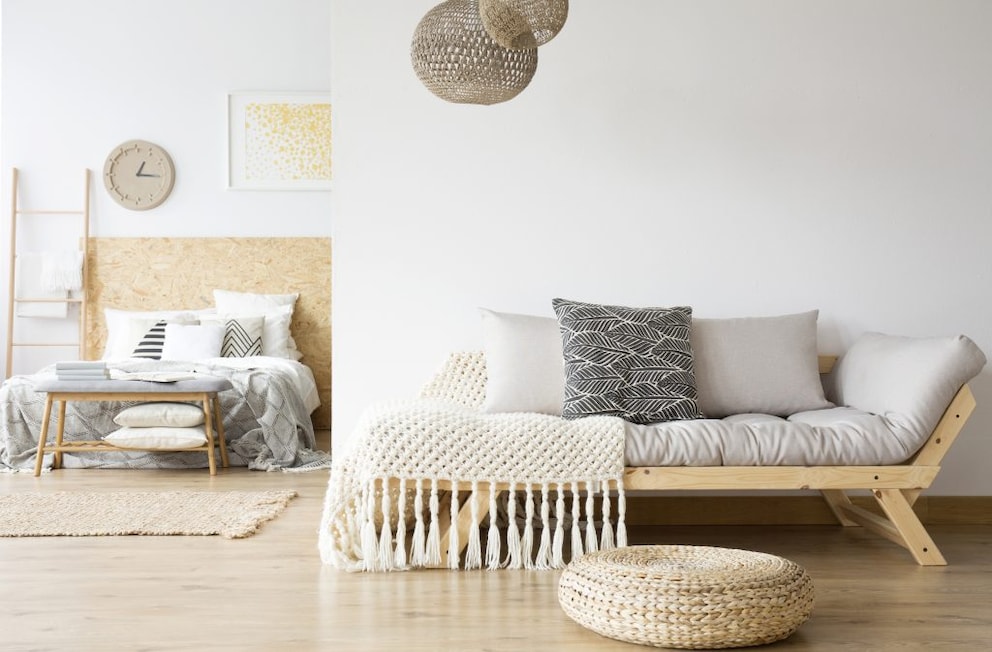
Admittedly, the color beige has long had a somewhat outdated reputation. It was seen as just a kind of yellowed white and thus of lesser quality. Sometimes, beige was also associated with alternative lifestyles focused on environmental preservation. But both notions seem long outdated. Rather, beige can now be acknowledged as the perfect color for a compromise solution in decorating: The shade is suitable for those who don’t want to leave their walls completely white but also don’t like too much color in the room. Additionally, the color provides plenty of coziness, as its slight red tint makes it gentle, friendly, and warming. A good choice, then, if you want your home to have a more natural feel.
Also interesting: Decorating with Black – How to Do It Right
Camouflage Color Beige
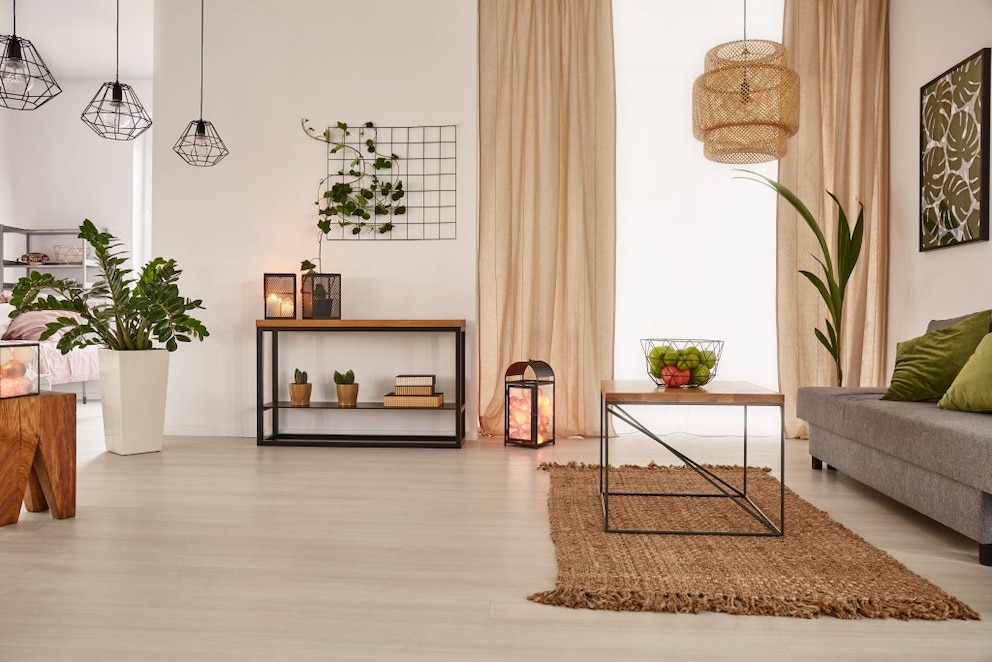
In addition to various green and brown shades, beige is also considered a camouflage color. These colors harmonize optimally with each other–as well as with natural materials in the room. As one of the lightest natural tones, beige also provides a lot of calm, security, and comfort in the room. Houseplants in lush green or colorful blooms set the appropriate natural accents. Different woods, green tones, and a play of beige and white create a soft Scandinavian style.
In Combination with Other Colors
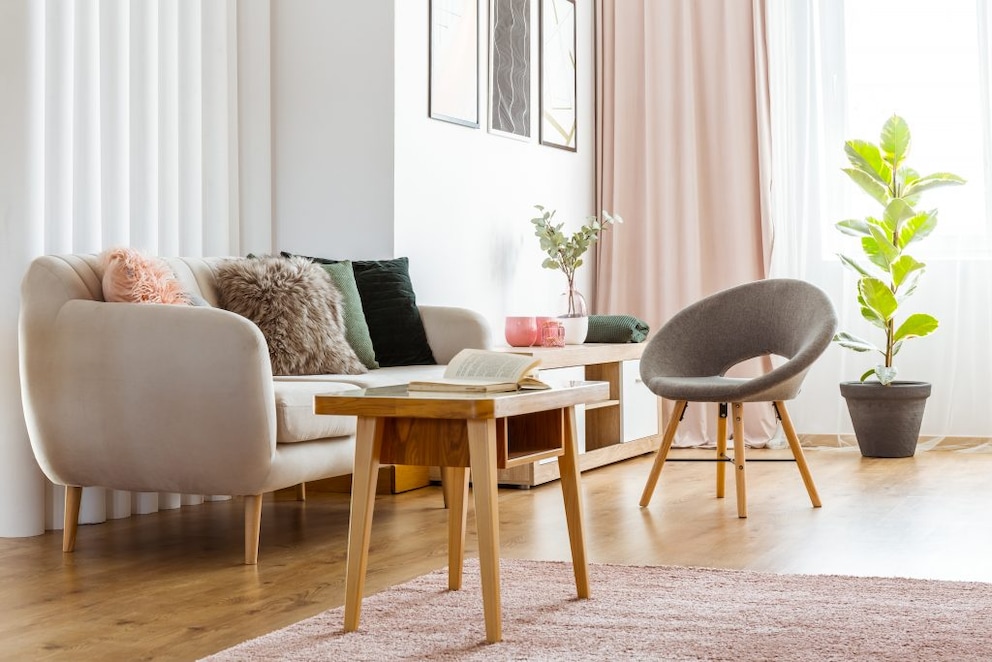
A color like beige is known for stepping back and acting more in the background. It gives way to more intense shades like yellow, red, green, or blue. This creates warm, pleasantly lively contrasts, as seen in the Mexican decorating style, because beige brings out the brightness of stronger contrasting colors. Pastel tones can also be optimally combined with beige in decorating. This even creates a very elegant look. It’s advantageous if all shades have about the same tonality, meaning the same gray content. Only then does a harmonious wave emerge.
Combining Beige with White, Gray, and Black
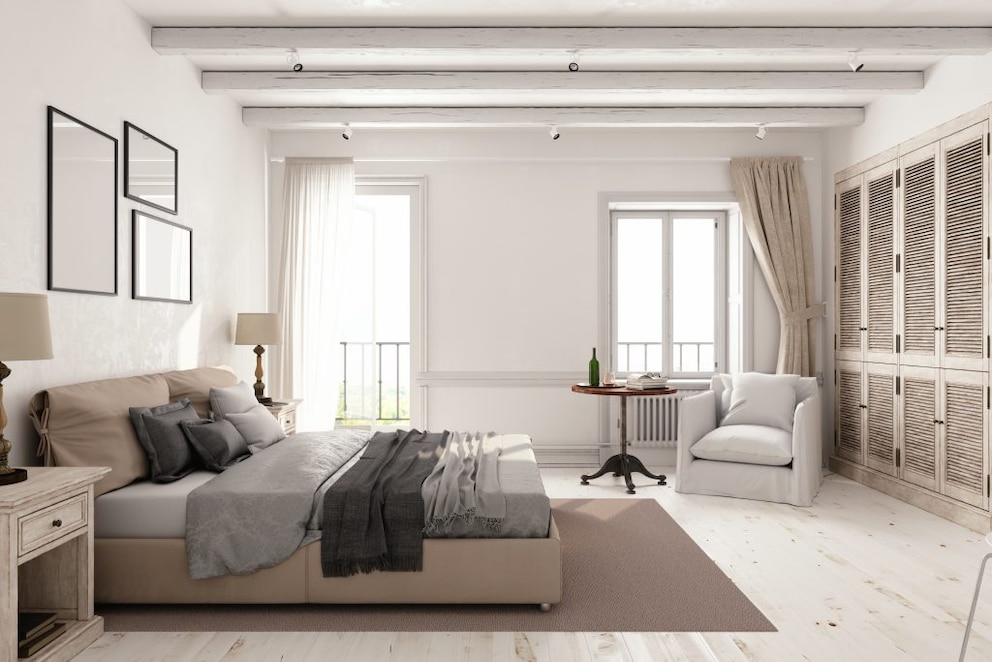
Beige can also be combined with the achromatic colors black, white, and gray, albeit with different effects. With white and gray, which are similarly light or even lighter than beige, the color blends harmoniously into the color scheme. Depending on how intense the gray or beige tone is, the look can range from casual to cozy to elegant. Black, on the other hand, highlights the brightness of beige. In this combination, the rather inconspicuous color stands out much more. Make sure that the black shade is more reddish but doesn’t lean too much into dark brown, as that would make the look seem outdated again. In all three color combinations with beige, the furniture is especially elegantly highlighted.
Also interesting: How to Decorate Your Home with the Color White

These Are the Color Trends for Summer 2025

3 Steps to Choosing the Right Color for Your Kitchen

How to Decorate a Bedroom in Industrial Style
Beige Fits in Any Interior
When decorating with beige, the advantage is that the light color automatically makes small rooms appear larger. There is hardly a room where beige wouldn’t fit. The color is especially popular in bathrooms, as it provides a calming wellness flair. A Mediterranean stone floor, tiles in this tone, light woods, various beige shades, and other natural tones for accessories are also suitable here. And if you don’t want your bathroom to be too Mediterranean, you can opt for white or light gray bathroom furniture–in contrast to a beige wall color.
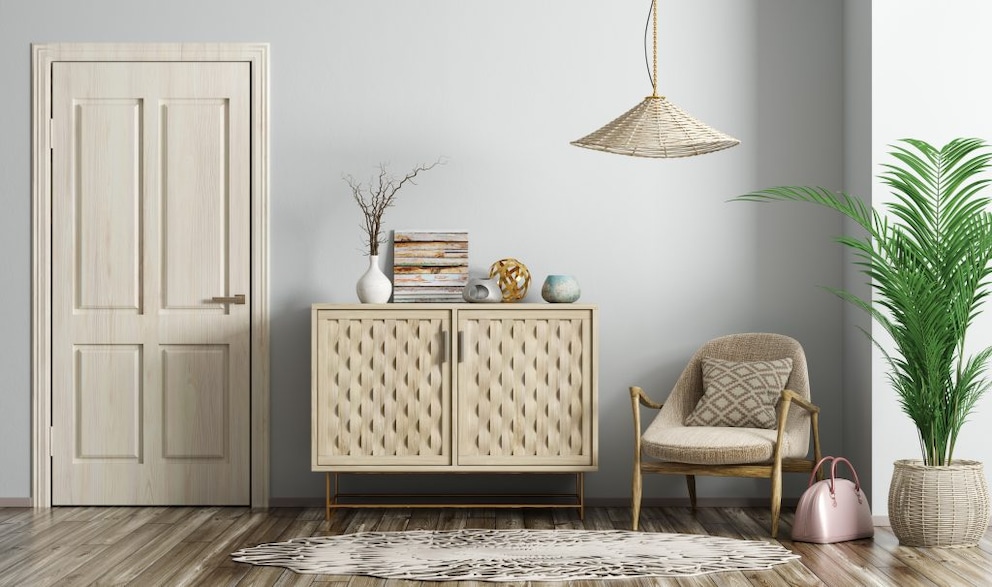
Beige is also a welcome guest in the bedroom. Whether the furniture is beige or the walls–both options ensure a harmonious room design. The same applies to the living room, although here a few eye-catchers in the room are welcome: either through colorful accents in the accessories, which give the ambiance a slightly poppy touch, or by combining beige with the metallic look: a silver bowl, a copper lamp, or golden threads in the room textiles.
And in the hallway, beige on the wall provides a truly warm welcome, making you happy to come home or receive guests. Combine this with natural elements and strong shades like dark red or black, and a contrasting entrance emerges.

